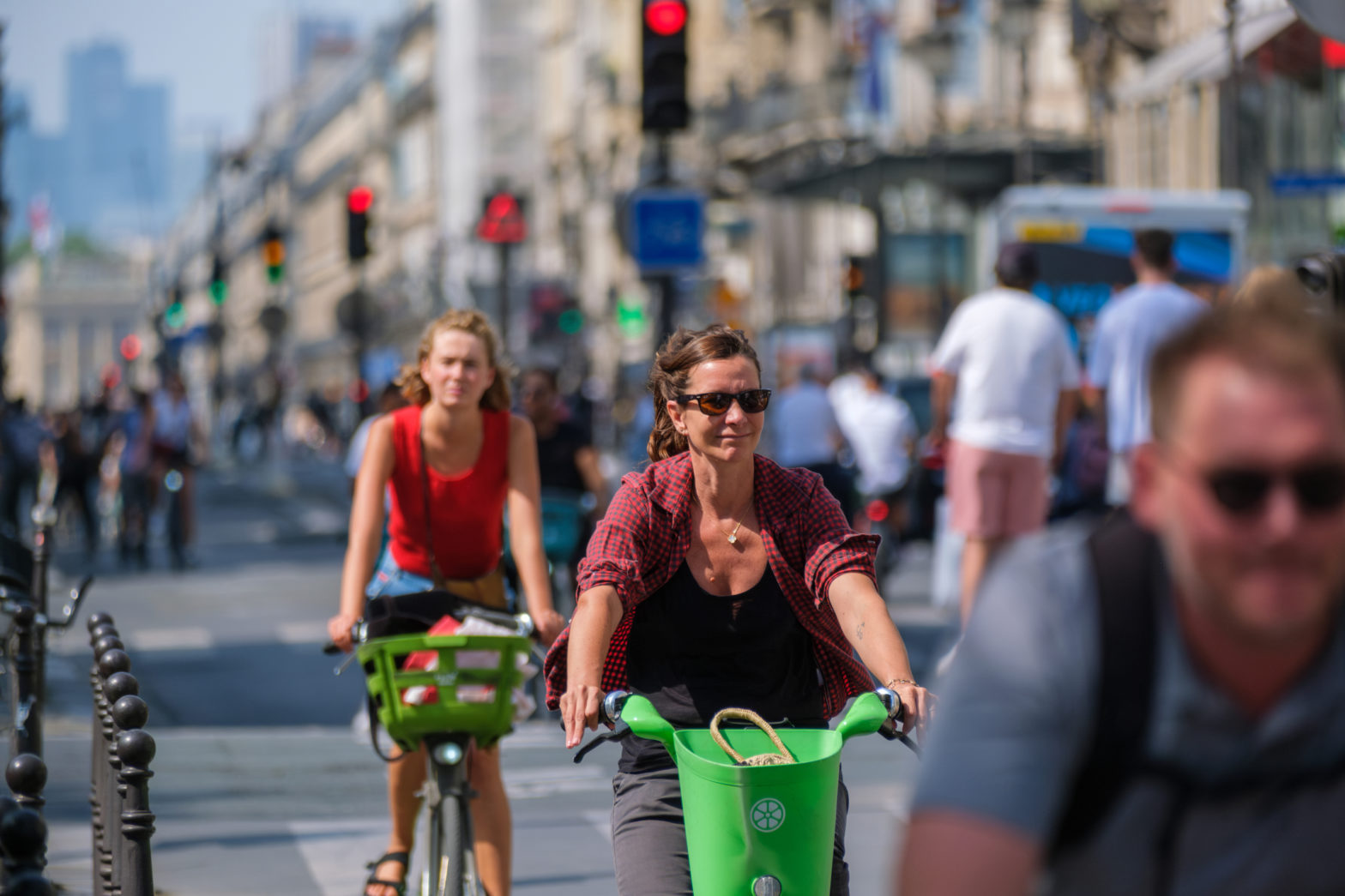
Photo: Mr Barricade
Mr Barricade: Civic engagement – TikTok-style
02 July 2021
by Jonathan Andrews
Vignesh Swaminathan, CEO and President of Crossroad Lab, talks to Jonathan Andrews about how his savvy use of TikTok is helping community outreach
Think of TikTok and most people would identify the social media platform as something of a plaything for teenagers creating amusing music-related videos. Not many would believe a 30-year-old civil and transport engineer would have over half a million followers for clips about street infrastructure and design.
But, in less than a year, Vignesh Swaminathan has built up a following by creating an eclectic mix of clips about music, eating different Indian food, making jokes and, most importantly, educating and informing people about road planning, design and building.
Ironically, Swaminathan had never had a social media account until three years after creating his business, Crossroad Lab, in 2017.
“I avoided social media throughout my young adult life. I even had a Razr flip phone in college,” he explains, laughing. “I wanted to be off the Internet that way.”
Human interest
Apart from running his consultancy, he is also chair of the Sustainability Commission at the California City of Cupertino, and chairs the Valley Transport Authority’s Citizen Advisory Committee.
His first post in September 2020 was a clip of him sitting at his desk working from home, listening to a song by rapper Yung Gravy. The first few months were posts of him “decompressing” from his day between Zoom meetings.
From initially posting once every couple of days, he began posting regularly after October.
“That’s when my following started to kick off because a lot of the folks who follow me really liked that I was dancing in a suit,” he says. “They’re intrigued by my live streams where I talk about my work, urban planning and how they can get involved in government.”
The majority of the videos are related to his consultancy and the cities he is working with, plus private sector clients. If he was out on a site visit and had a spare five minutes, he would make a quick video about that project.
“I never really went out of my way to make any videos until recently,” he says. “I then started talking about the issues with the roads that I’ve worked on, changes to our infrastructure, changes to our community, and how we’re talking to our community through outreach and equity.”
Swaminathan has successfully attracted and built a wide audience who are now watching his videos and becoming intrigued by urban design and urban equity.
“What I’ve done with social media is I’ve added a human element,” he explains. “It shows everyone that, ‘Hey, there’s people like me working on this’. It’s not just some high-end government agency where you have to go look up this information.”
Mr Barricade
Initially beginning his career as a parking engineer at the City of San Jose, where he earned the nickname Mr Barricade (which he also goes by on TikTok), he saw how an entire street could be changed.
“With just a barricade you can change the culture of a street from being a high-speed roadway or ‘stroad’ to now being a block party where with a drink permit people can be drinking in the street,” he says. “I was very intrigued by how quickly we could make that change.”
Later he joined a highway consulting firm, where he then learned about permits, design, and the logistics and politics behind roadway development.
“I saw a lot of how the industry was shifting from not being equity-focused to being equity-focused,” he says. “I saw a lot of old legacy projects that were ignoring historical inequities or inequalities between different communities. But now we’re not cutting through neighbourhoods anymore for highway expansion.”
He says the days of burying city government public meetings at 3pm on a Friday to avoid people derailing a project are thankfully disappearing. Now, he’s coming to find meetings scheduled at 6pm or 7pm with onsite child care, multiple language services, and even food raffles to encourage more people to attend.
“We’ve learned that outreach and communication is very important, especially when we talk about equity,” he says. “We talk about different races, communities with different languages and different cultural sensitivities that the government should be aware of before they do projects.”
Community engagement
Swaminathan is conscious that when he is making videos he wants to reach all four key groups he has identified that typically come to public meetings.
These include “NIMBYs” (not in my backyard), bicycle advocacy groups, those that want to talk about city life in general, and those that are “undocumented”. He is keen to note that all four groups have valid points to raise.
“In one short-form video, if I can explain to all four of these groups, then I feel like I’m doing the first step of a community meeting in my video,” he says. “In that way, when these folks come they already are well prepared, they already understand the priorities, and they can actually help us have a useful conversation.”
As with all social media, there are downsides. The fun nature of TikTok on the surface hides a dark undercurrent of racism, intolerance, and hate. When Swaminathan began building his TikTok account he saw this developing first hand.
“I had to build a following, build a culture and build a community online to help me get rid of [hate and racism] because there isn’t a lot of support from the actual app,” he says. “But that’s helped me grow in the app and grow my following base as people were able to see how I combatted that hate and see how I turned the channel into my work channel.”
Perfecting the intersection
His focus now is building up and revamping his website while incorporating the best features of TikTok, like short video clips to continue the engagement. As with most small businesses in the early stages, Swaminathan was running the firm as a freelancer. Now that it’s off the ground and growing, he is focusing on more traditional streams of marketing.
“TikTok is our way of getting out there,” he says. “A lot of people have been wanting to know about our work from all over the country, because we were one of the few consultancies that had built a number of protected bike lanes to ‘perfect the intersections’.”
The National Association of City Transportation Officials (NACTO) sponsored him to help write their book, Don’t give up at the intersection. This has led to further interest from others in his consultancy work, particularly on perfecting the intersection, something that is all too often overlooked for shinier projects.
Through NACTO and the Knight Foundation, Swaminathan worked with the City of San Jose and also counts clients like Facebook – both on and off-campus – the City of Cupertino and Fremont in Emeryville. He is positive about the future and his unique position in bringing cities and the community together through TikTok.
“Cities are going to need to do a lot of community outreach and we have a unique way of doing that,” he explains. “TikTok sends the information and the videos to everybody locally. A lot of people know me more than they do their city officials. I see this not only helping us get affirmation when we do our projects locally, but also having local champions of our different cities to help push for either us or somebody like us to do this type of work there.”
@mrbarricade♿🚧 ##accessibility is about providing ##freedom to all types of users ##adacompliance ##ada ##parklet ##outdoordining ##adaramp ##accessibility ##urbandesign♬ Evergreen Fields – Tape Machines








